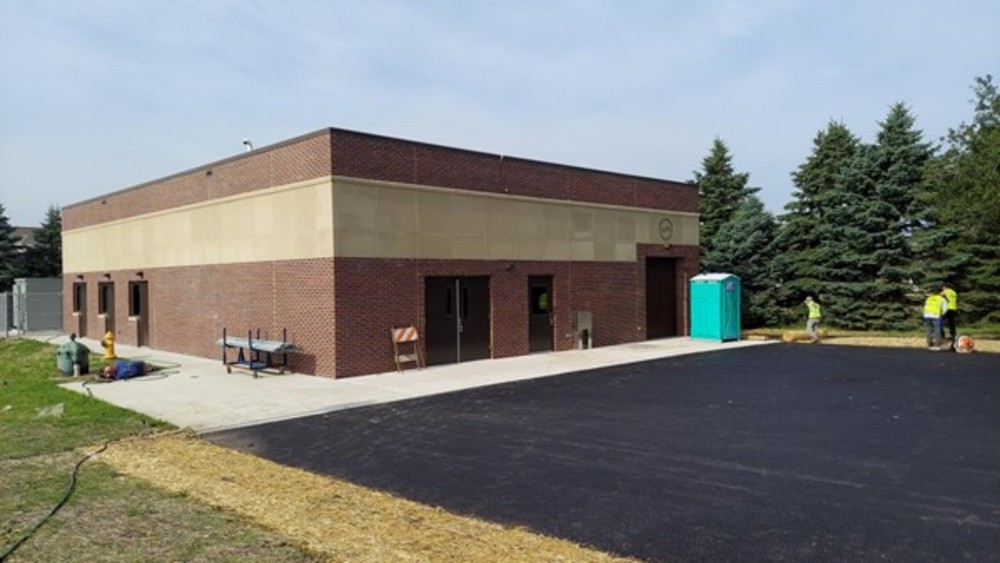Understanding the impacts of secondary contaminants in drinking water
Secondary contaminants in drinking water, also known as nuisance chemicals, do not pose potential health hazards but they may cause water to smell or taste unpleasant and appear cloudy or discolored. Drinking water with secondary contaminants can be extremely off-putting, even if it is safe and may cause people to change their consumption behaviors and use of the public water system.
The following are some common effects of secondary contaminants in drinking water:
- Cosmetic effects. Secondary contaminants in drinking water can cause skin or tooth discoloration. Skin discoloration is associated with silver ingestion, but it does not impair bodily function. Tooth discoloration (or pitting) happens in children exposed to excess fluoride in drinking water during their formative years before teeth appear.
- Aesthetic effects. Undesirable tastes, odors or colors are unfortunate side effects of secondary contaminants. Though odor and taste are indicators of water quality, odor-free water does not necessarily mean safe drinking water. The presence of contaminants such as chloride, copper, iron, manganese, sulfate and zinc can influence the odor and taste of drinking water. The color of drinking water may be affected by aluminum, copper, iron and manganese.
- Technical effects. Corrosivity, staining, scaling and sedimentation cause damage to water equipment and reduce the effectiveness of water treatment for other contaminants.
It is worth noting that while federal regulations do not require state health agencies and public water systems to monitor and treat their supplies for secondary contaminants, the Environmental Protection Agency (EPA) does provide recommendations for secondary standards. Public water systems can partner with water engineers to deploy secondary contaminant removal technologies and improve drinking water quality.
Maximum contaminant levels (MCLs) for secondary contaminants in drinking water
The U.S. EPA's National Secondary Drinking Water Regulations (NSDWRs) are non-enforceable guidelines that regulate secondary contaminants. Public water systems only test for secondary contaminants voluntarily because they are not health-threatening. The table below highlights the recommended MCLs.
While secondary MCLs are not federally enforceable, the EPA does require that community water systems exceeding the fluoride secondary standard of 2 mg/L notify their residents within 12 months from the day the water system learned of the exceedance.
If secondary contaminants in the drinking water in your community exceed the recommended MCLs, it is worth considering appropriate removal technologies to improve the quality of the overall water supply.
Complying with MCLs and other guidelines for public water systems
Here are some standard technologies that remove secondary contaminants from drinking water:
- Corrosion control. The most cost-effective method to remove iron, copper and zinc, corrosion control is preferred by public water systems as it reduces contaminants at the consumer's tap, reduces water losses through broken or leaking mains, and saves money and energy by prolonging the lifespan of water mains and service lines. While corrosion control reduces the leaching of metals from pipes or fixtures, it is not used to remove metals from contaminated water sources.
- Coagulation and filtration. Removes contaminants such as iron, manganese and zinc from drinking water.
- Granular activated carbon. Removes most secondary contaminants that cause colors, odors and foaming.
- Aeration. Removes contaminants such as iron and manganese and helps eliminate odors.
A few nonconventional treatments, such as reverse osmosis, distillation and electrodialysis, effectively remove chloride, total dissolved solids and other inorganic contaminants. However, these treatments are cost-intensive and may not be suitable for smaller community water systems. Some water systems may also opt for nontreatment options such as blending water from the principal source with uncontaminated water from an alternative source.
At Fehr Graham, our experienced team understands the funding constraints communities face while considering advanced removal technologies for secondary contaminants in drinking water. Our expertise is in custom, affordable and effective water engineering solutions to help communities access safe and reliable drinking water.
To learn how Fehr Graham can help you remove secondary contaminants in drinking water, contact us or call 815.394.4700.
 |
Tyler Nelson is a trailblazer in municipal engineering with more than two decades of experience, making him an invaluable advisor to clients. He leads diverse design and construction projects and commits to fostering sustainable and efficient development for tomorrow’s communities. Tyler is dedicated and forward-thinking, making him the go-to professional for insightful engineering solutions. Reach him at |
Collaborative, Insightful, Results-Driven Solutions
Fehr Graham provides innovative engineering and environmental solutions to help improve the lives and communities of our customers.

